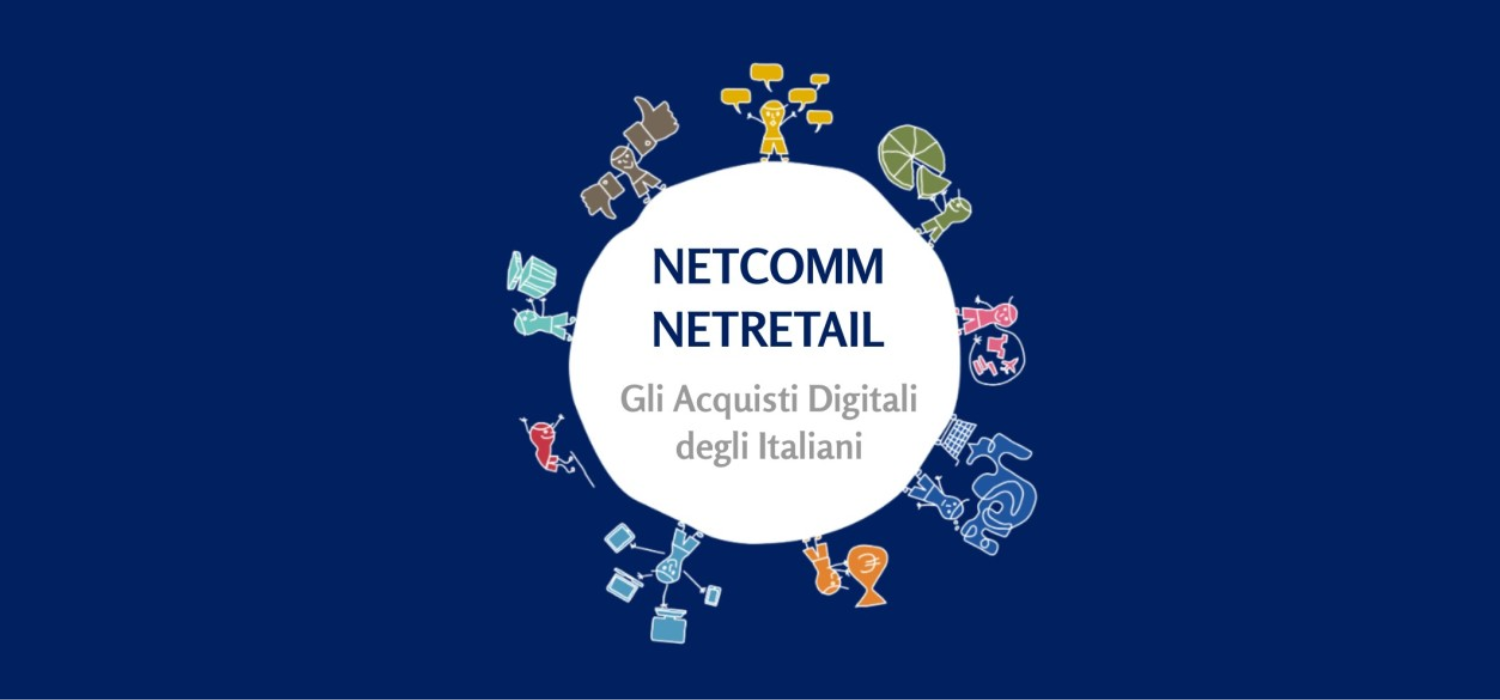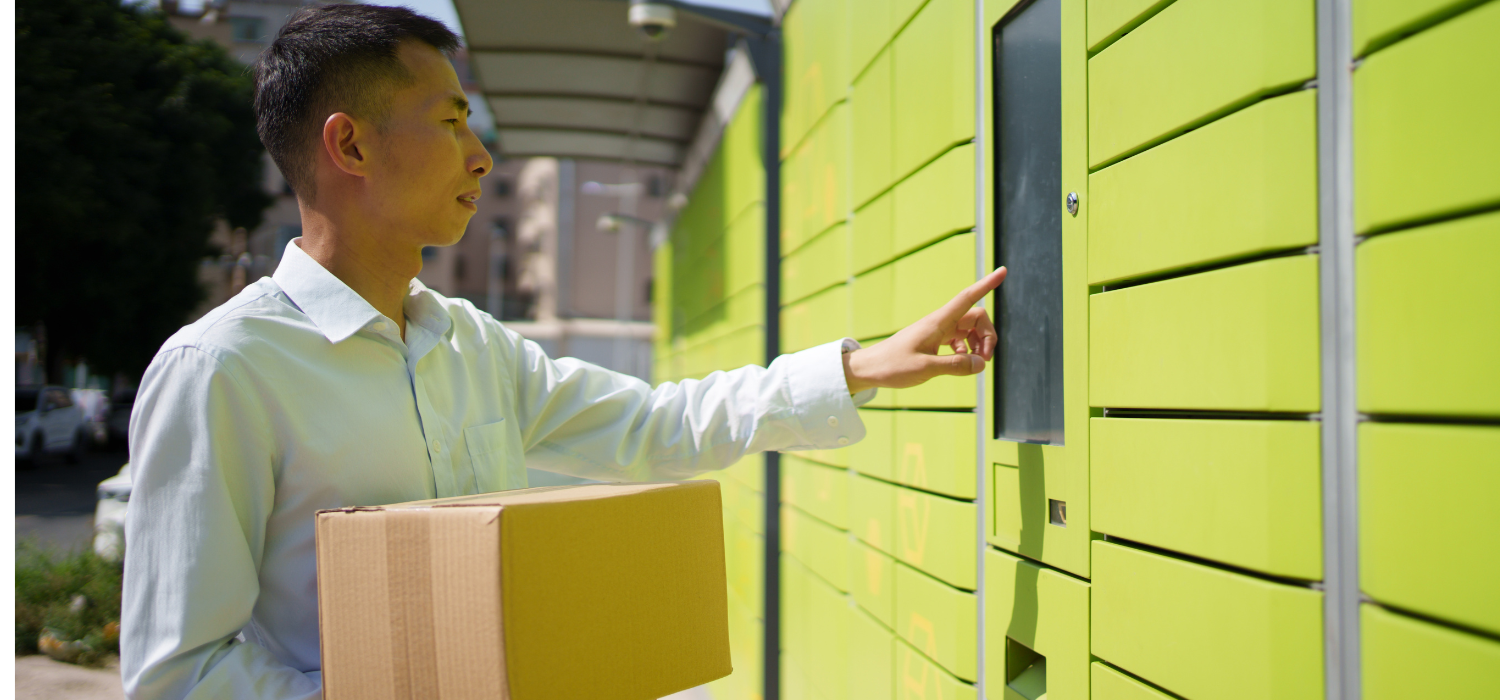After returning from summer holidays, you know you need a booster of energy and, above all, caffeine. Coffee is in fact one of the most popular and consumed drinks among Italians and others. Suffice it to say that according to YouGov’s European Coffee Report 2021, 73% of Europeans over the age of 18 drink coffee regularly. A figure that in Italy even reaches 96.6%, according to the results of the survey conducted by AstraRicerche on behalf of the Consorzio Promozione Caffè. In fact, 4 out of 10 Italians consume an average of 3 to 4 cups per day. So how much is the coffee market worth and what is its impact on the world of eCommerce? Let’s find out together.
How much is the coffee market worth
Coffee is one of the most traded products in the world, second only to oil, and Italy is third in the world, after Belgium and Germany, for the export of coffee in all its forms. In recent years, the market has evolved mainly due to the introduction of home espresso machines and, consequently, of pods and capsules. Although the moka pot remains a popular tradition, in fact, the convenience and speed of a good espresso coffee in pods or capsules has quickly allowed these tools to find their way into consumers’ homes. In fact, domestic consumption of this drink is considerable: 83% of Italians drink at least one coffee a day at home. It is not surprising, therefore, that consumption of pods and capsules grew by 22.6% in 2021, reaching a turnover of EUR 51 million. More generally, the pods and capsules market has been valued at $15.12 billion in 2020 and is expected to grow with a CAGR (Composite Annual Growth Rate) of 5.11% from 2021 to 2026.
What factors influence coffee purchasing
When buying coffee for home consumption, several factors come into play and influence consumers’ choice. The first driver is the taste/aroma of the product, a factor that influences 66% of European consumers in their choice. This is followed by price (43%), brand (38% for Europeans and 44% for Italians), type of brewing (ground, instant, pods – 35%), type of bean (30%) and, finally, sustainable production (14%).
Where to buy coffee
For domestic consumption in Europe, coffee is mainly bought in brick-and-mortar supermarkets (79% in Europe, 73% in Italy), but the Bel Paese is particularly characterised by purchases also through eCommerce, so much so that online stands out as the second sales channel in the peninsula. Looking at the numbers, 23% of Italian consumers buy coffee via online channels (a figure that drops to 16% in Europe), including supermarket websites and D2C stores of brands. In contrast, 21% buy directly from single-brand outlets. Finally, only 9% of consumers buy the product at roasting plants. There is also a proliferation in cities of sales outlets, most often in franchising, of coffee pods and capsules compatible with the most famous brands.
The problems related to the sustainability of pods and capsules
As anticipated, capsule coffee machines are the first choice in Europe for domestic consumption (22% against 15% for the moka) and in Italy the share rises to 38%. However, the problem of capsule disposal is a real one, so much so that several brands have started to offer their customers the possibility of returning used capsules directly to the shop for recycling or proper disposal. Generally speaking, coffee capsules are made of aluminium or plastic and once consumed should be thrown in the rubbish bag, ending up in landfills and incinerators that have a considerable impact on the environment, being among the main producers of greenhouse gases. Some brands, including Nespresso for example, therefore allow used capsules to be returned to special recycling areas within the boutiques to then reuse the recyclable aluminium.
Italians and sustainability
The AstraRicerche survey shows how Italians have developed a good awareness of the issue of social and ecological sustainability, so much so that this factor is able to significantly influence their purchasing preferences. This has led leading coffee roasters to invest heavily in more sustainable and recyclable packaging, for example, but also in the compostability and biodegradability of raw materials. In this sense, even the transport of coffee cannot be outdone, especially considering how popular the online market for this product is becoming.
More sustainable delivery and return with GEL Proximity
A ‘green’ solution that is increasingly being offered to coffee consumers concerns the delivery of eCommerce orders to strategically located Lockers and Pick-up Points throughout the country, allowing consumers to collect their caffeine fix where and when they prefer. A solution that winks as much at the consumer, meeting his or her needs, as at the environment, always guaranteeing 100 per cent deliveries and significantly reducing their environmental impact. Even the return of used capsules can be done via Locker and Collection Points, so that the consumer does not necessarily have to go to a recycling point to dispose of used pods, thus favouring a virtuous recycling process.
In other words, drink coffee… but do it responsibly. And mind you, this also applies to manufacturers and retailers. If you have an eCommerce of original or compatible capsules and want to integrate your channel with a network of more than 45,000 thousand Lockers and Collection Points already active throughout the country, GEL Proximity can help you! In addition, the platform provides a special service for returns. Discover all our services, or contact us for more information now.










